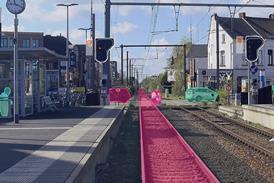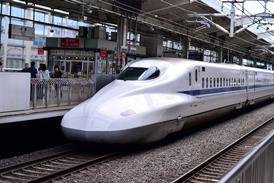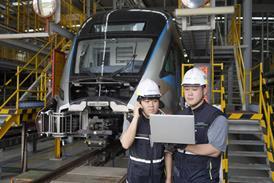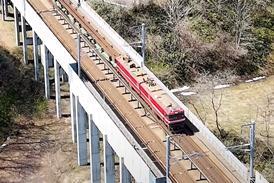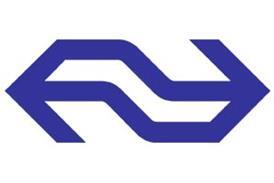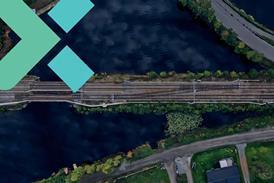Close menu
- Home
-
News
- Back to parent navigation item
- News
- Traction and rolling stock
- Passenger
- High speed
- Freight
- Infrastructure
- Policy
- Technology
- Ticketing
- Business
- Research, training and skills
- Accessibility and inclusion
- People
- Urban rail news
- Suburban and commuter rail
- Metro
- Light rail and tram
- Monorail and peoplemover
- Regions
- InnoTrans
- In depth
- Events
- Data
- Maps
- Tenders & Jobs
- Sponsored content
- Insights
More milestones reached on Austria’s trans-Alpine route modernisation
By Railway Gazette International2024-12-03T14:00:00

AUSTRIA: Celebrations have been held to mark key milestones in the Koralmbahn and Semmering Base Tunnel projects.
Already have an account? LOG IN
To continue…
You’ve reached your limit of content for the month

